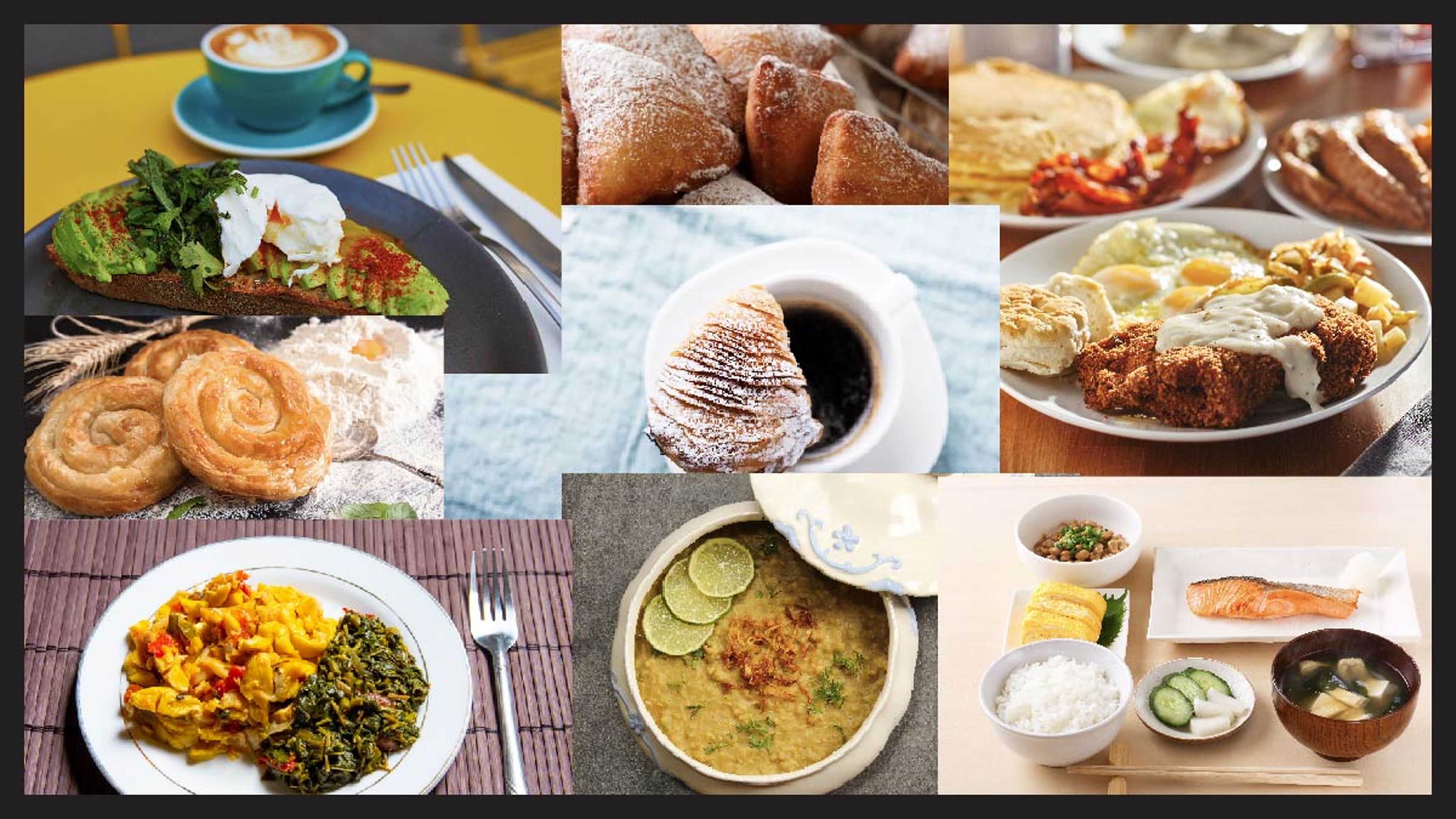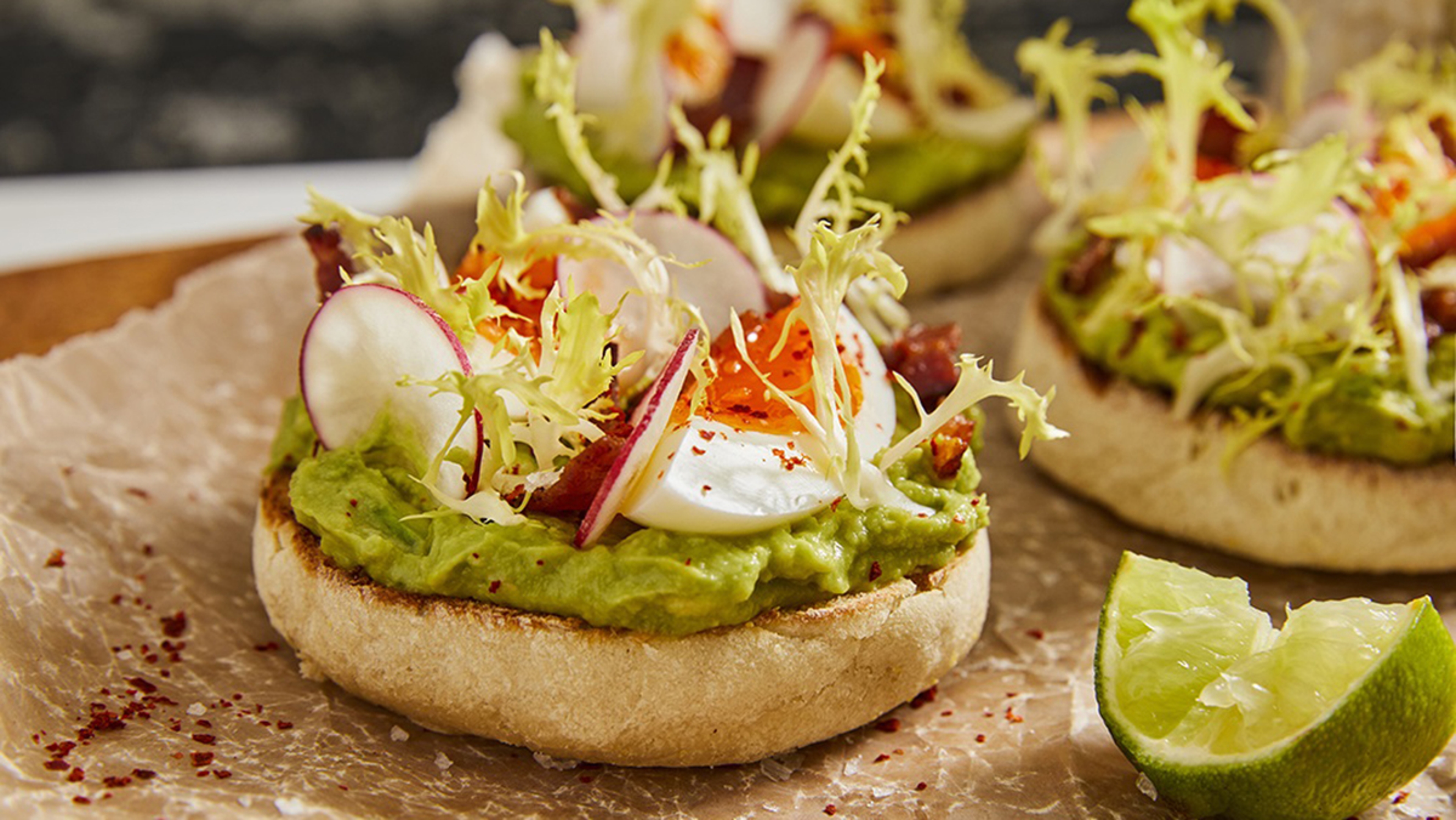Wake Up to Breakfast Around the World
What we all eat first thing in the morning.
Sep 01, 2022
Breakfast. No matter where in the world you live, it's the first meal of the day. But not everyone eats the same breakfast around the world. Some cultures enjoy dishes that others couldn't fathom eating so early in the morning. From fish and fermented beans and buttery fried dough, to flaky pastries, to oily, meaty spreads, to day-long simmered stews, to virtually nothing but noise and caffeine, traditional breakfast around the world is as diverse as the lands and people that inhabit them.
Breakfast in Australia
Australian "brekkies" almost always involve wholesome combinations of local farm produce and firm, fibrous whole grains. Favorites include a bowl of the ancient grain farro, mixed with pickled veggies, and then finished with a poached egg. Those in the mood for a lighter dish might opt for yogurt, raw seeds, and dark berries stirred and topped with a dollop of rice pudding.
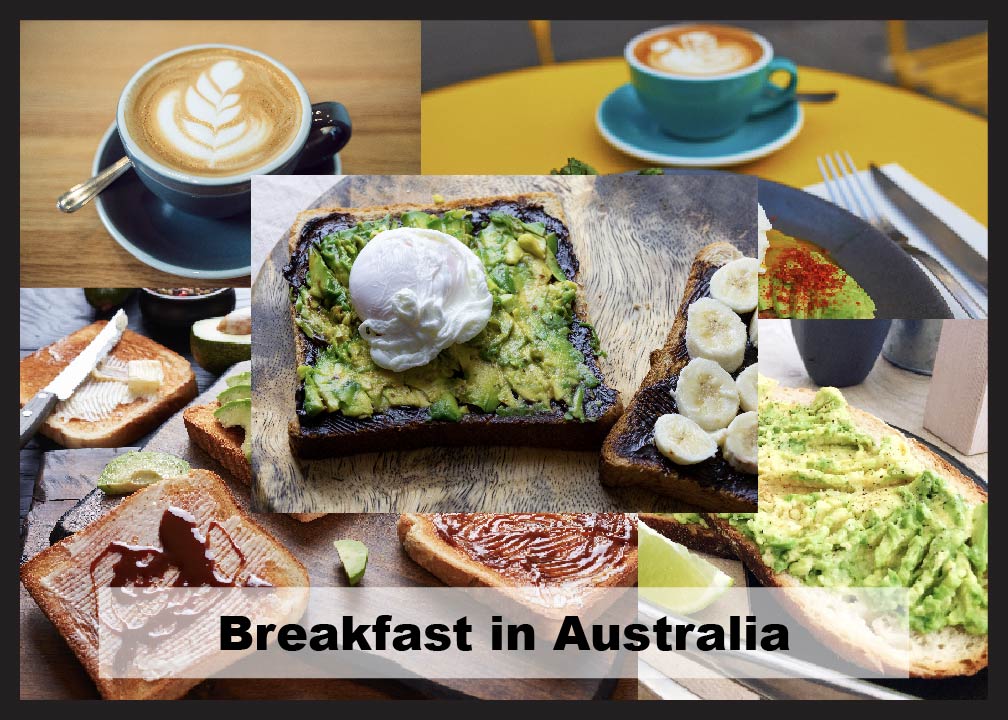
For the true outback nationalist, however, nothing beats Vegemite, a classic "love it or hate it" Aussie product resembling (but tasting nothing like) Nutella and jam. Made from an extract of brewer's yeast, this salty, beef bouillon-esque spread is traditionally layered thin on buttered toast for breakfast and served with a flat white — an espresso with extra amounts of steamed milk. This drink may have been invented in Sydney. Or New Zealand. Either way, it goes well with avocado toast (which, apparently, was first served Down Under).
Breakfast in Japan
A Japanese breakfast is an even-keeled, nutritious affair that could easily be mistaken for a Japanese lunch or dinner: minimal servings of grilled salmon and white rice, or personal plates of fresh mackerel and pickled veggies, alongside miso soup or salad with wafu dressing. One rare Japanese breakfast dish that falls within the Western world's common breakfast spectrum is tamagoyaki, a thin, pillowy, rolled omelet with subtle sweet spices, cooked in distinctive rectangular ironware called makiyakinabe.
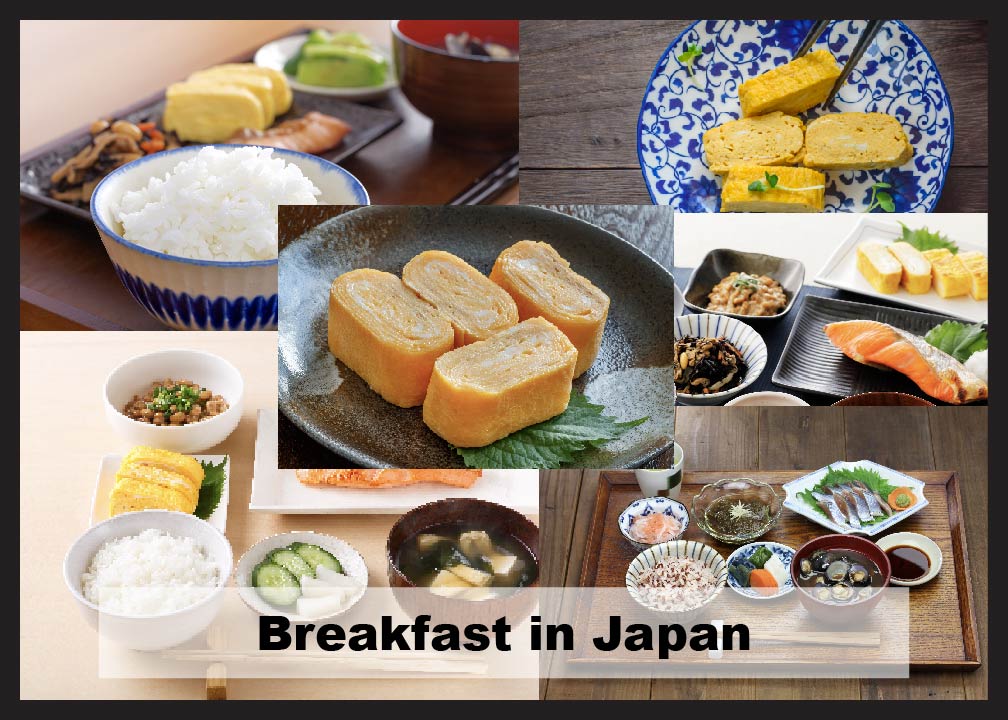
Breakfast in Iran
Breakfast around the world comes in all shapes and sizes and throughout the Middle East and Central Asia, countless residents begin their day with a stew called haleem. A hearty, delectable combination of cubed beef or mutton, barley, lentil, rice, and plenty of local spices, haleem can take up to eight hours of simmering before reaching its prime consistency. Given the dish's prep time, most take no shame in cooking it the day prior, warming it in the morning and garnishing it with freshly fried onion, ginger, cilantro, and lemon to impart some fresh zing.
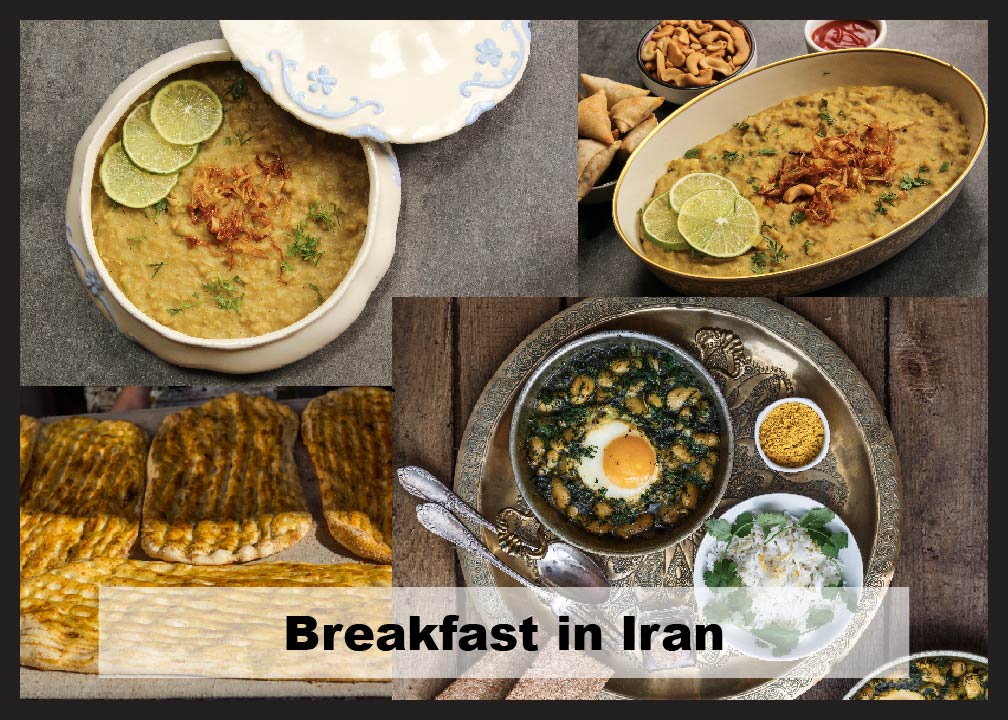
All true Iranian breakfasts feature fresh bread, served warm, to accompany the haleem. These can include the thin, rock-baked, wheat Persian flatbread known as nan-e sangak, or nan-e barbari, a thick, oil-brushed bread often paired with lively jams and butters. As Italians keep cappuccino for mornings only, Iranians enjoy chai shirin, a powerful tea with granulated sugar, exclusively with breakfast.
Breakfast in Bulgaria
On the Black Sea coast of the Balkans, Bulgarian breakfasts contain a blend of cuisines traditional to the many cultures that make up the country's population. The resident Greek population is reflected in the banitsa, a thin and crispy phyllo dough layered with beaten raw eggs and cheese, and then baked until toasty and golden. Bulgaria's Persian roots are seen in ayran, a breakfast yogurt beverage paired almost always with banitsa.
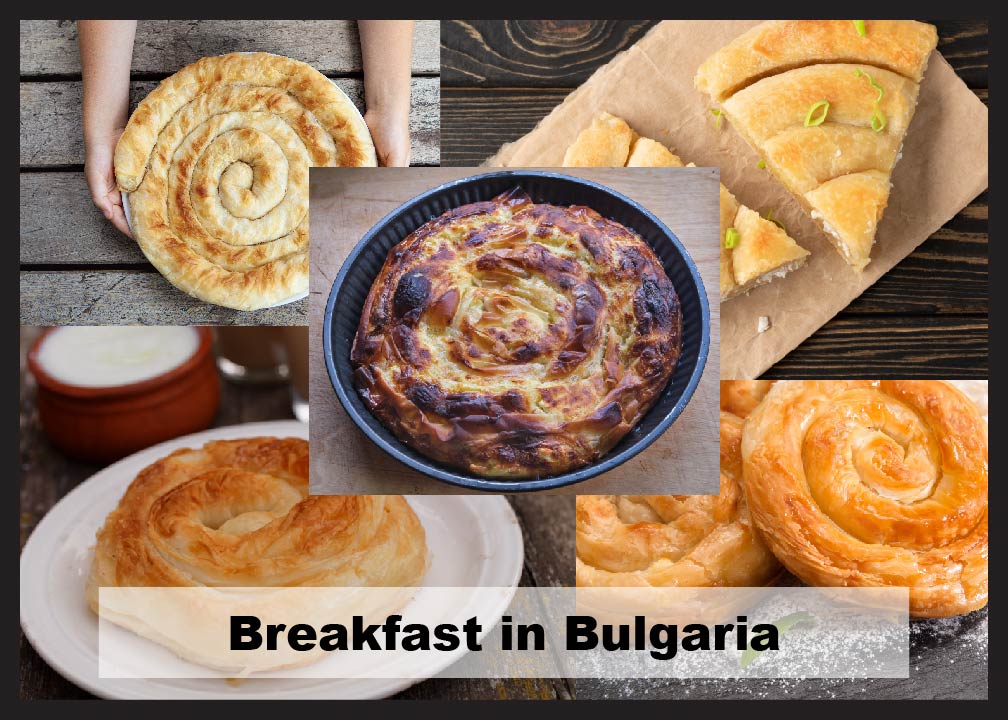
The creamy Slavic bread pudding known as popara follows the Bulgarian tradition of utilizing leftover bread as the foundation of the next day's first meal. This cross-generational favorite is an easy make: Diced bread, sugar, and butter are covered in simmered milk and left to soften, then covered in crumbled sirene, a tart, feta-style cheese with less salt and more acidity than typical cheeses of the region.
Breakfast in Africa
In eastern Africa, tender, triangle-shaped coconut milk donuts called mandazi are a street market breakfast favorite, most often enjoyed with a pour of black or chai tea. The northern edge of this region, known as the "Horn of Africa," also loves its porridge, namely the tangy, salted Ethiopian special known as genfo. So thick it's nearly a pastry, genfo is crafted from a dense, gummy dough of boiled barley flour, which is rolled into a ball, indented with the thumb, and filled with a raw butter and spice blend called berbere.
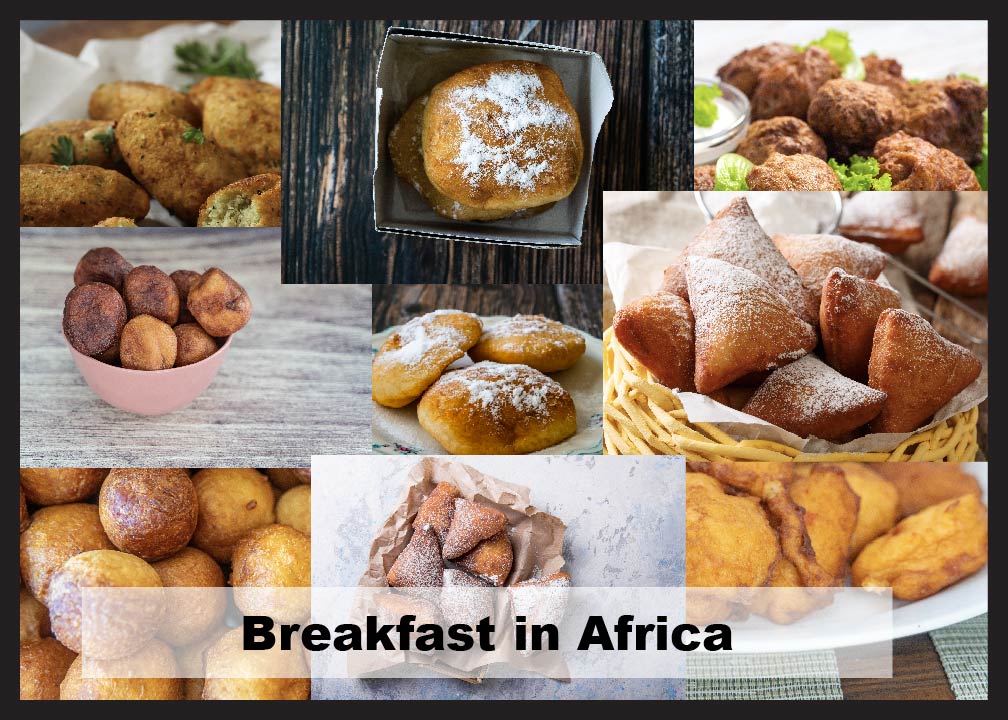
On the continent's western side, porridge breakfasts rule as well, especially a fermented millet variety known as pap. Mentioned in the writings of foreign visitors as early as the Middle Ages, pap is thought to be one of the oldest African foods still being made. It's served in Nigeria with sides of sweet, deep-fried yeast dough fritters called puff puff or, for the more savory inclined, pan-fried and salted bean snacks known as akara.
Breakfast in Italy
With a culture that rarely sees residents sit down for a morning meal (mostly because their mornings start around noon...), Italy puts the fast in breakfast. Italian mornings usually launch in loud, bustling coffee bars over a dark coffee, cappuccino (residents absolutely never order this drink past lunch), or café (also known as a nice strong espresso) — all dealt by nimble, expert baristas handling massive come-and-go business flows. As for actual food, Italian breakfasts typically feature little more than simple, sweet baked pastries, such as fruit cookies, chocolate and cinnamon bread, custard-filled croissants, sfogliatelle (a wafer-thin, flaky dough layered with sweet cheese), and crispy Nutella cookies.
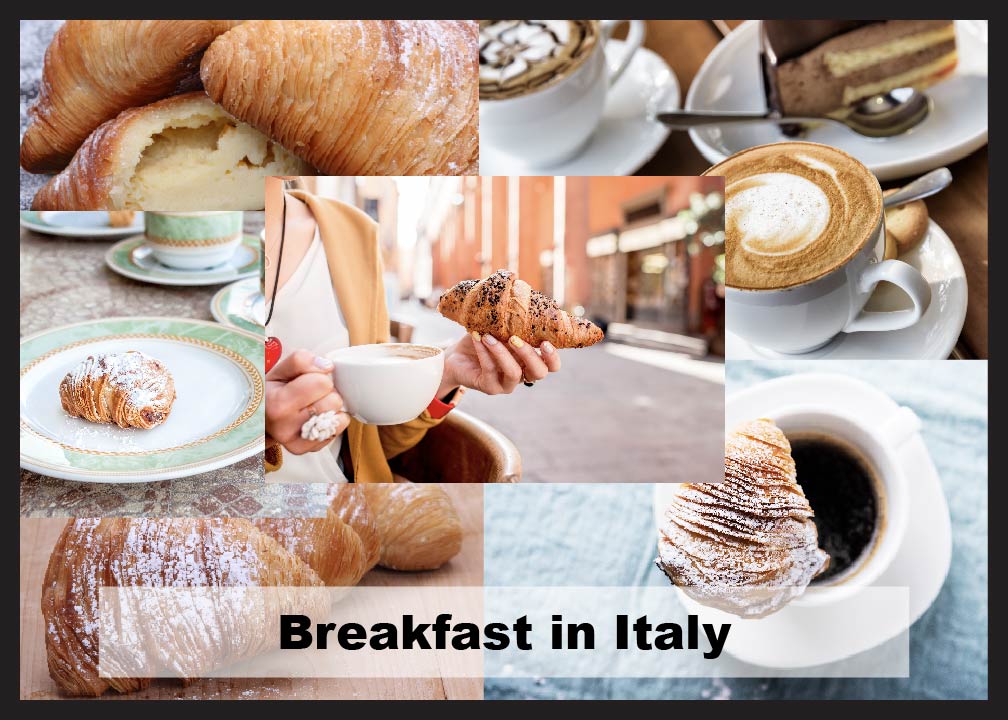
Breakfast in Jamaica
As in Japan, Jamaica's most popular breakfast dish wouldn't feel out of place in an afternoon or evening meal. The country's dawn-time favorite — called ackee and saltfish, which is also the island's official national dish — does, however, resemble a recognizable western breakfast food. Ackee is a rosy-yellow, thick-skinned fruit from the lychee family that, when mashed to a creamed consistency and cooked, could be mistaken for scrambled eggs. This, however, is where the western breakfast similarities end.
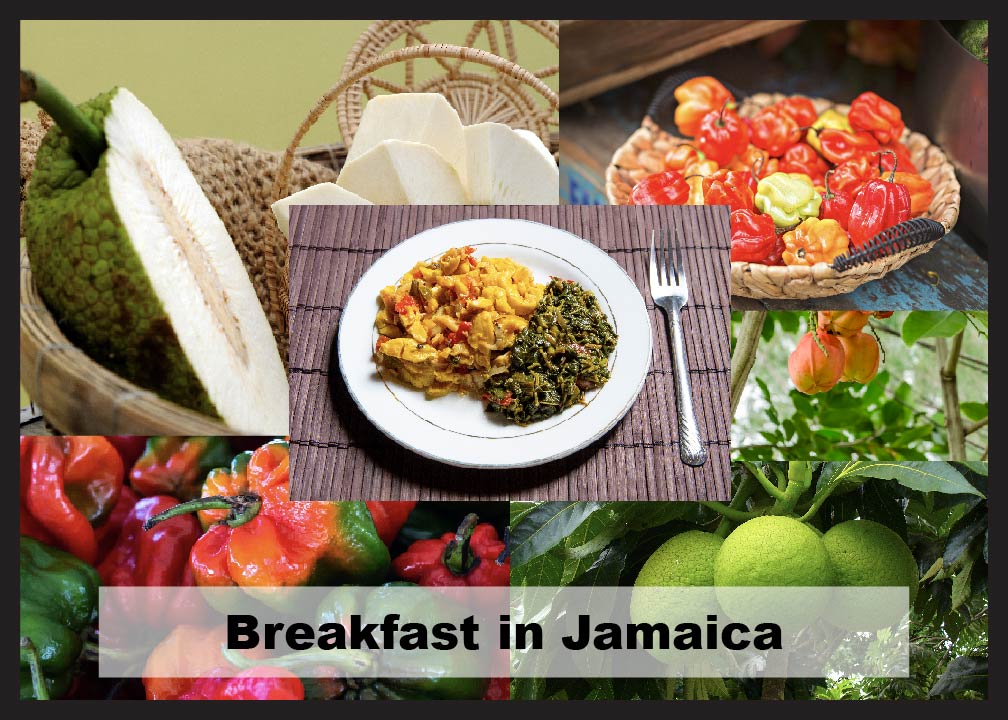
When lychee meets boiled saltfish (an ever-present Jamaican whitefish, also known as salt cod), scotch bonnet peppers, diced onions, garlic, and tomatoes, the result is a unique, nutty, sweet-and-spicy dish far bolder than any American omelet. Trust, though, that when served with sliced breadfruit (a jackfruit relative that has nothing to do with bread) and a starch like fried plantains, ackee and saltfish is worlds more palatable than the mere concept of "fruity fish."
Breakfast in America
Breakfast is a big deal in the U.S., although you wouldn't know it by its go-go-go, I'll-just-grab-a-smoothie-for-the-road attitude. (Don't get us started on brunch...) If you go anywhere across this country, you'll find diners slinging pancakes, flapjacks, johnny cakes, griddle cakes, waffles, French toast, endless egg variations, sides of bacon and sausage. Fruit finds itself in there somehow, too. And lots of coffee. But depending on where you are in this vast land, you can find some wonderful regional breakfast dishes.
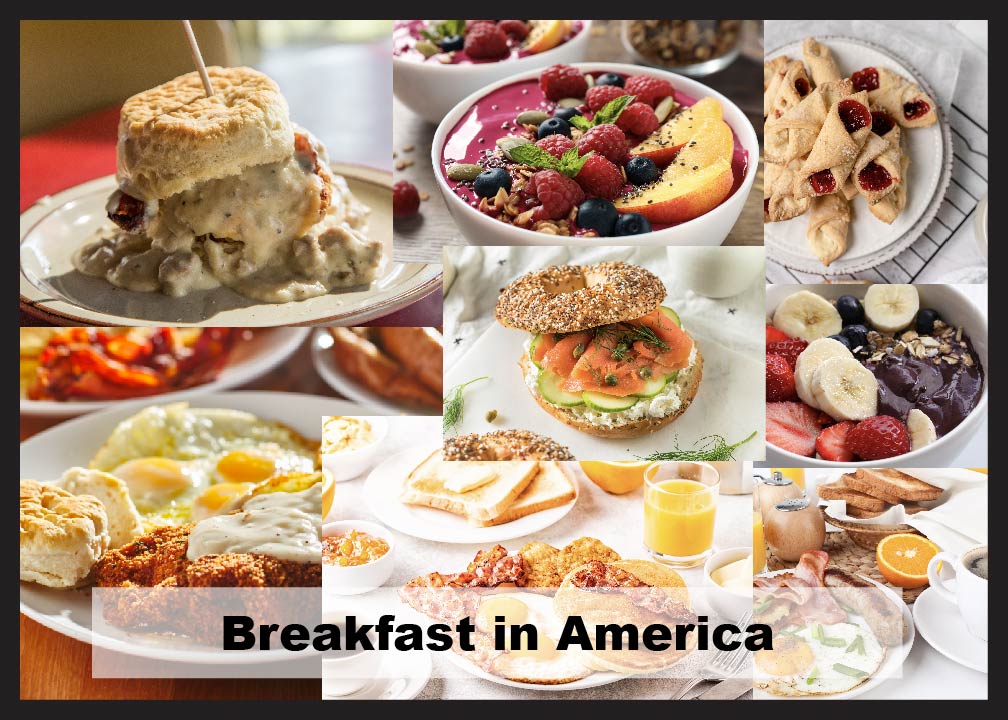
For health-minded West Coasters, açaí bowls with a mix of red berries, granola, and melon are a light-and-lovely standby. But for the truly famished ones, the California Fry-Up — the Golden State's version of the English breakfast — is a hefty platter reflective of the state's Mexican heritage: black beans and veggie sausage topped with cotija cheese, mashed avocado (from California, of course!) on fresh tortillas and cubed sweet potato home fries, all arranged around a center of eggs scrambled with sautéed mushrooms and chopped cactus stems known as nopalitos. It's a meal not just for the stomach but the eyes as well!
Breakfast on the East Coast (well, specifically, New York) is as simple as the California Fry-Up is complex: a bagel with cream cheese topped with smoked fish. Which may be one of the more popular breakfasts in the country?
Down South, breakfasts are very rich, very meaty, and very thick: Fried chicken and waffles, biscuits and gravy, or country fried steak and eggs are all Southern standbys. Though do save room for a kolacky, the sweet, fruit-centered, and curdled cheese-topped Czech pastry that somehow became extremely popular in Texas.
.svg?q=70&width=384&auto=webp)

